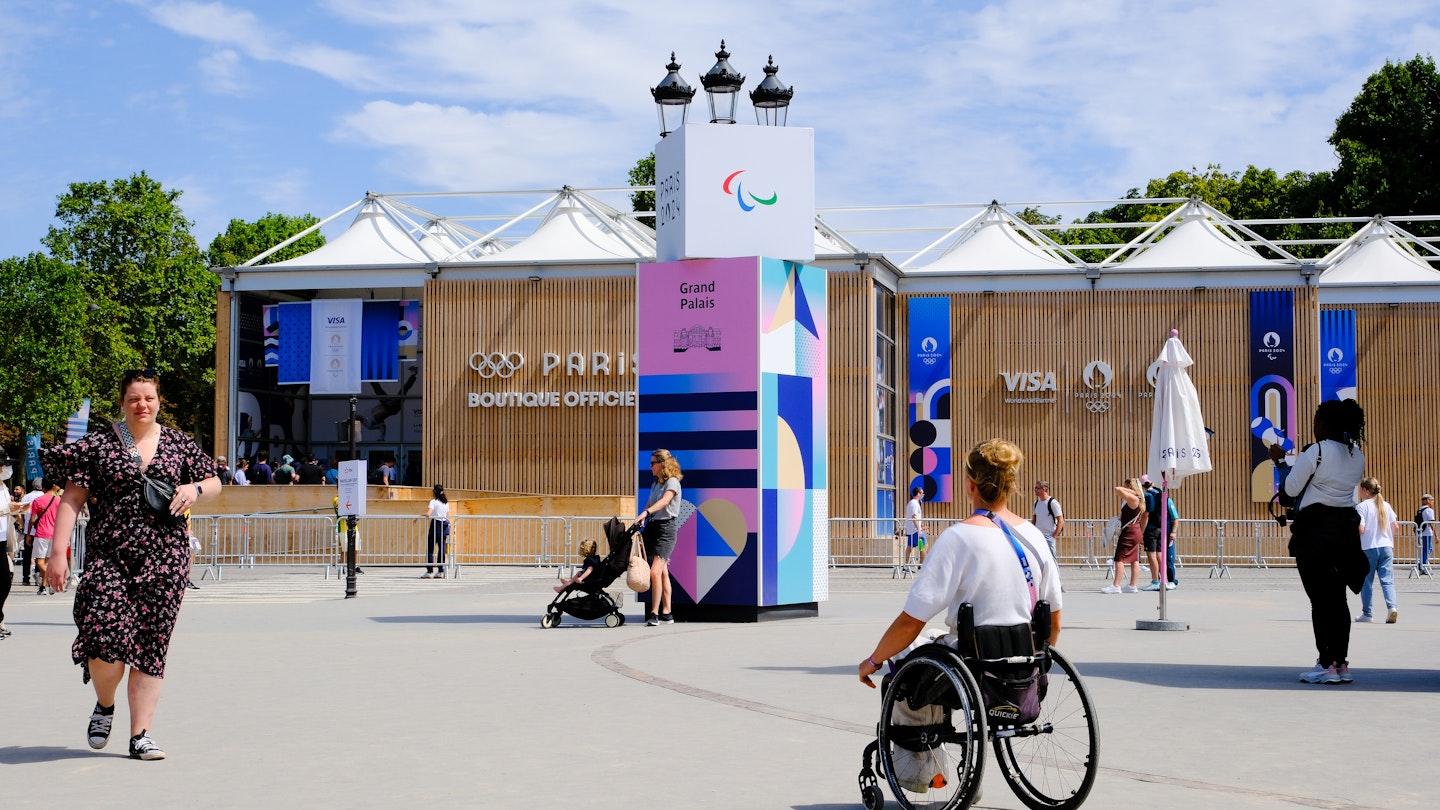Enhancing Accessibility: The Legacy of the Paris 2024 Paralympics
With the close of the Paris Olympics, a running joke on social media is that many viewers have been at a loss for how to fill their days. The French capital, having hosted one of the most successful and innovative Games in decades, became the center of the world for two weeks, showcasing incredible athletic prowess amid the iconic backdrop of the Eiffel Tower, the Grand Palais, and the Seine River.
However, the excitement is far from over; the upcoming Paralympics, running from August 28 to September 8, promise to continue the thrill. These events will be held across many of the same breathtaking venues that captivated audiences during the Olympics, including the historic Pont Alexandre III and the Eiffel Tower.
Moreover, ticket demand has surged, with locals eager to maintain the joyous atmosphere created during the Olympics. Following a slow start, sales for the Paralympics have dramatically increased, averaging about 1,000 tickets an hour, with events in high-demand venues like Versailles and the Grand Palais already sold out.

Innovative Accessibility Solutions for Travelers with Disabilities
As the city gears up for the influx of approximately 280,000 visitors with disabilities, organizers are introducing groundbreaking services tailored to enhance accessibility during the Paralympics.
- Attendees participating in events such as blind soccer and wheelchair basketball will have access to the tactile tablet Touch2See, which offers a live-action experience accompanied by audio descriptions via headsets.
- Individuals with reduced mobility can utilize myomniTrott, a service that allows them to motorize their wheelchairs, enabling easier navigation around the city.
Accelerating a More Accessible Paris
In the lead-up to the Paralympics, Paris has committed €125 million towards improving accessibility throughout the city, ensuring that the Games are truly inclusive. One significant legacy of these efforts is the establishment of 17 “augmented accessibility zones” across various neighborhoods. These zones facilitate a hassle-free journey from municipal facilities, involving enhancements such as:
- Repairing cracked pavements and widening sidewalks.
- Installing audible pedestrian signals and clear paths.
Furthermore, municipal buildings are being equipped with hearing loops and other technologies to improve accessibility for individuals with hearing impairments.

Transportation Accessibility Challenges in Paris
Transportation remains a complex challenge for Paris in the context of the Paralympics. While significant improvements have been made to make bus stops accessible, the metro system still has a long way to go. Currently, only 29 stations, or about 9% of the metro system, are fully or partially accessible to wheelchair users.
Consequently, there is hope that the visibility of the Paralympics will generate more awareness and push for necessary changes to ensure equal access for all individuals, particularly in public transport systems.
Finding Accessible Accommodation, Restaurants, and Attractions
The city has been proactive in conducting accessibility audits for numerous establishments. More than 450 hotels, shops, restaurants, and tourist attractions have been assessed for their accessibility features. This initiative allows visitors to filter options based on specific accessibility needs, ensuring a more comfortable stay.
Will Accessibility Improvements Continue Beyond the Games?
A vital takeaway from the Paralympics is the importance of maintaining momentum for inclusivity. For instance, during the Games, subtle but meaningful changes were made to how the national anthem was announced, encouraging spectators to “please stand, if you can.” Such phrases significantly contribute to a more inclusive environment.
In conclusion, while the Paris 2024 Paralympics mark a significant milestone for accessibility, continued efforts and advocacy are essential to ensure that improvements extend beyond the event, fostering a city that is welcoming to everyone.





